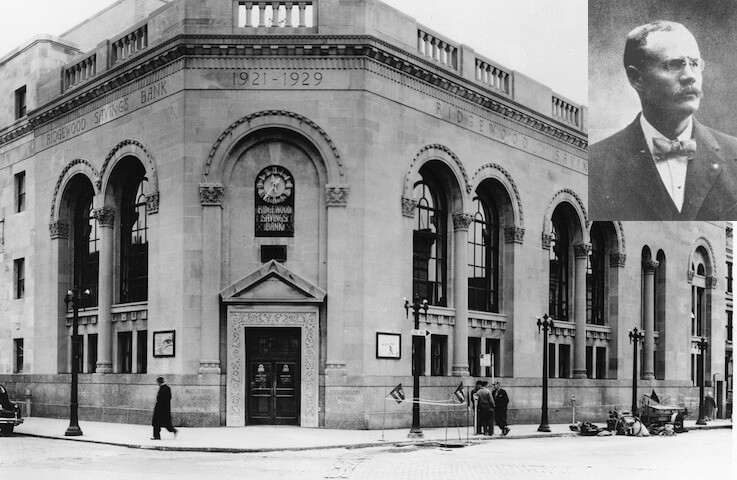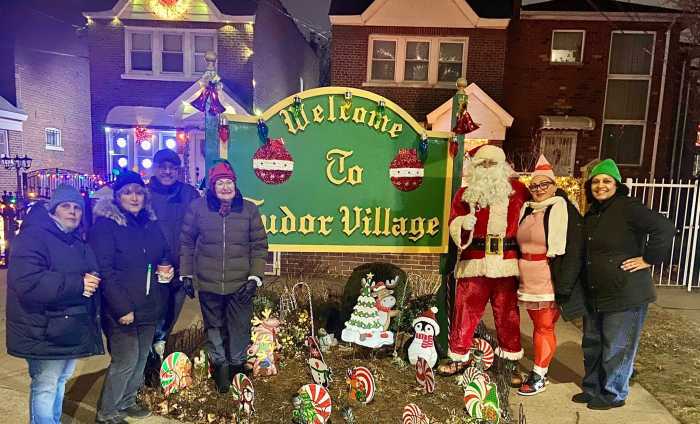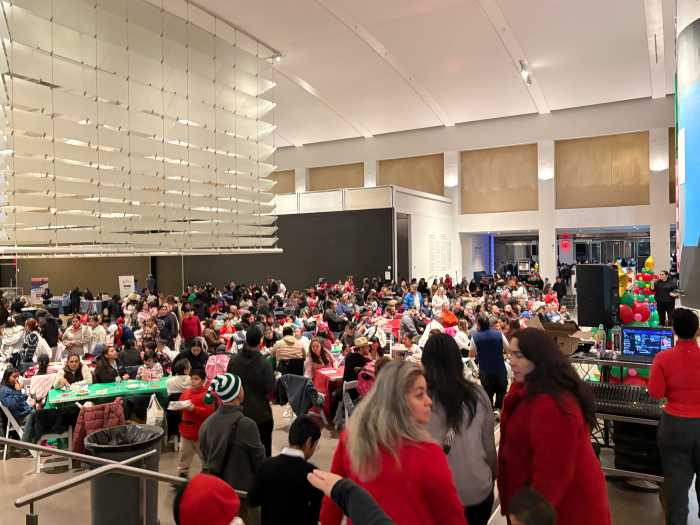Most of the communities in our neighborhood have smaller subdivisions within them such as Liberty Park in Glendale and Winfield in Woodside — and Ridgewood is no exception.
For years, people referred to the northern area of the community near the Brooklyn/Queens border as “Upper Ridgewood.” Howard Beach has a couple of subdivisions — including Hamilton Beach and Ramblersville — and Bayside has the communities of Oakland Gardens, Windsor Park and Bay Terrace.
Few people, however, know about the “Stierville” section of Ridgewood. This actually is an antiquated name for the area of Ridgewood northwest of Myrtle Avenue and Fresh Pond Road where Paul Stier built hundreds of one- and two-family brick rowhouses in the early part of the 20th century that have withstood the test of time.
The story of Stierville and the man behind it is quite fascinating, yet comes to a tragic and sudden conclusion.
Stier, who constructed more than 750 homes in Ridgewood and Glendale, was born in Germany in 1874 and emigrated the United States at the age of 17. He first settled in upstate Buffalo, where he worked as a mason. He traveled around the state for a while, working at various construction sites, until finally settling in our neighborhood.
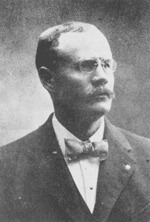
In 1898, he married Anna Muller, and four years later constructed his first home. By 1905, he built a row of two-family brick houses on the east side of what was then called Yale Avenue (currently 64th Place). Three years later, he purchased land on Foxall Street (now 69th Avenue) between Forest Avenue and Buchman Avenue (now 60th Lane). He purchased additional land on Edsall Avenue (now 70th Avenue) between Anthon Avenue (now 60th Street) and Buchman Avenue.
On this land, Stier constructed two-family brick homes sold for $5,600 each (less than one percent of the market value of a similar home in Ridgewood today); buyers had to offer a $500 down payment, then paid the remaining balance over time.
Each home had 11 rooms on two floors, plus two tiled bathrooms, separate furnaces in the basement and hardwood trim throughout the structure. But this was only the beginning for Stier, who built 200 homes the previous two years and had plans to build another 144 in the immediate years ahead.
In May 1909, Stier joined Ridgewood National Bank as one of the founding members of its organization committee. He joined several prominent local members of the community, including attorney Alfred Denton, who went on to become a justice of the municipal court, and Sebastian Hofmann, owner of Hofmann Hall picnic park.
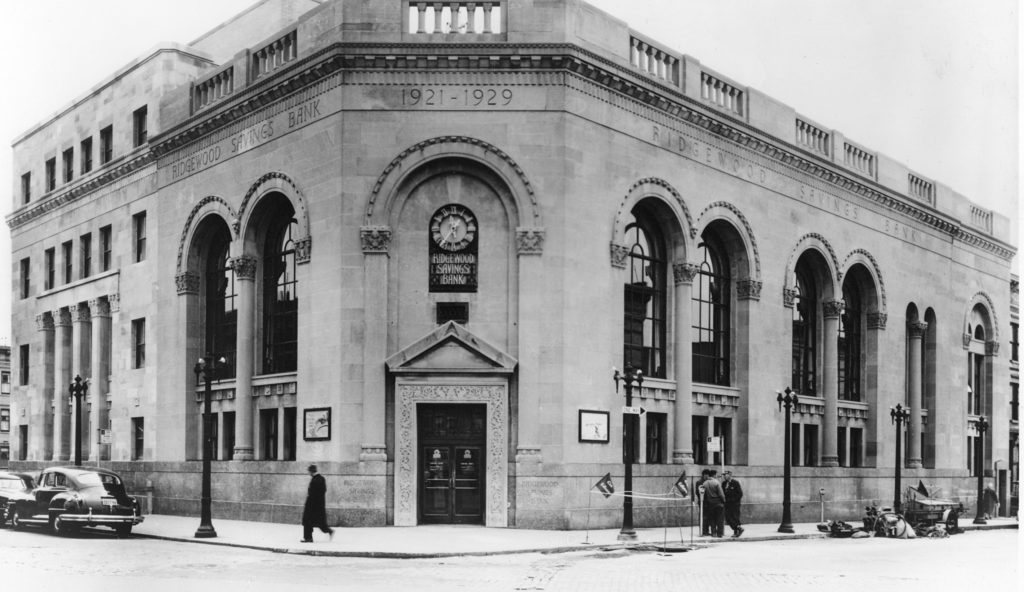
One year later, the bank’s president, Louis Berger, helped create Bauer and Stier Inc. to build residential housing in the area. August Bauer served as president; Stier was vice president; and Berger served as secretary and treasurer.
Bauer and Stier purchased part of the Wyckoff Farm and held the land for several years, while Stier continued his own business in the interim.
By 1910, Stier acquired a large part of the 14.8-acre Frederick Ring Farm on the west side of Fresh Pond Road from Elm Avenue (now Catalpa Avenue) north to 68th Avenue and west to Buchman Avenue. He laid out two east-west streets through the farm: Silver Street, on which he built 38 homes, and Hughes Street, where he built 48 houses.
Selling for $5,600, the two-family brick homes were constructed by a team of carpenters who worked six days a week, 10 hours a day, for $18 per week.
Next, Stier built 54 three-family brick homes on Van Cortlandt Avenue (now 71st Avenue), which sold for $7,400 each.
Two years later, Stier built another 48 two-family brick homes on Jefferson Avenue (now 68th Avenue), followed by 38 brick houses on Elm Avenue.
Stier then purchased what was left of the John C. Debevoise Farm off the corner of Catalpa Avenue and Fresh Pond Road and built a number of brick homes on Foxall Street between Buchman Avenue and Fresh Pond Road, and along Edsall Avenue between Buchman A`venue and Fresh Pond Road. Additional homes were constructed on Van Cortlandt Avenue.
The first apartments
In 1914, Bauer and Stier commenced work on developing the Wyckoff Farm, constructing 80 six-family brick houses on Gates Avenue, Palmetto Street, Woodbine Street, Madison Street, Putnam Avenue and Cornelia Street, all adjacent to Cypress Avenue. Much like the Mathews Flats, these structures were built on 27.6-foot frontages three stories high, with two flats on each floor. Each flat had five rooms and a bathroom.
Initially, these apartments were offered to renters at $15 per month.
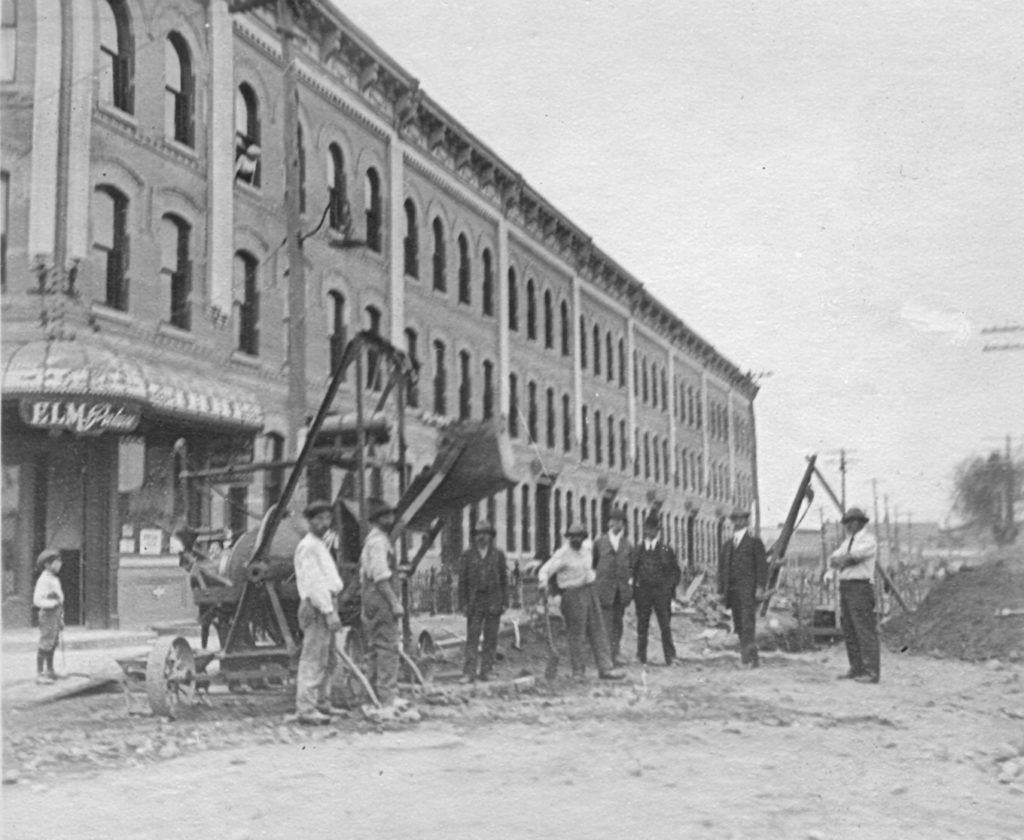
That same year, Bauer and Stier erected the two first full-fledged apartment houses in Queens at the corner of Cypress Avenue and Woodbine Street. Each brick structure was four stories high and had four apartments on each floor. Renters paid $24 per month for a four-room, steam-heated apartment.
As Stier constructed homes all over Ridgewood, he also became politically active; a Democrat, he founded the Jefferson Democratic Club and was elected in November 1915 as Queens County sheriff.
A life and legacy cut short
Having helped to build an entire neighborhood and now assuming law enforcement responsibilities for an entire county, it appeared Sheriff Stier was on his way toward making history on an even grander scale. But the duties of his job would come with tragic consequences.
On Oct. 21, 1916, two of Stier’s deputies went to Whitestone Landing to serve an arrest warrant to Frank Taff. The Whitestone native lived in a house leased by the Bradley and Currier Company and had fallen behind on his rent. The company took Taff to court to compel him to pay his bill, but Taff — upon being summonsed by a judge — refused to appear.
Subsequently, the judge ordered Taff in contempt of court and issued the arrest warrant.
When Stier’s officers arrived that day at Whitestone Landing, Taff — upon learning of the reasons for their visit — ordered them to leave, and threatened to shoot them if they did not comply with his demand. The deputies returned to Stier’s Long Island City office and reported the episode.
Two days later, Monday, Oct. 23, Stier personally traveled to Whitestone Landing with Assistant Sheriff Samuel Mitchell and Patrolman John Durkin of the Flushing precinct. They arrived at Taff’s residence at 1 p.m.
Taff was at the top of the stairwell to the home’s second-floor when he saw Stier, who announced the purpose of his visit. Looking down at the sheriff, Taff momentarily ducked into a bedroom, then reappeared with a shotgun and opened fire.
Stier, then 42, sustained gunshot wounds to the chest. Mitchell fled the location seeking assistance.
Meanwhile, Durkin — grazed on the cheek by one of the shots — attempted to drag Stier’s body out of the home, but Taff kept firing through the floor. The officer returned fire with his revolver, then fled out of the home.
Fifteen minutes after the shooting, 30 officers from the Flushing precinct arrived at the home. Taff stood on the roof when the officers arrived, smoking a cigar and armed with the shotgun, two .22-caliber rifles and hundreds of rounds of ammunition.
A tense standoff ensued, during which three additional officers sustained injuries after exchanging fire with Taff. Eventually, Sergeant James Fitzgerald negotiated with Taff to allow him into the home unarmed to tend to the injured Stier.
Taff agreed, but upon entering the home, Fitzgerald and an accompanying physician determined Stier had died. They quickly left the residence.
The standoff came to an end soon thereafter when Fitzgerald — who borrowed a rifle from the nearby naval destroyer USS Hendley, which laid at anchor on the nearby bay — shot Taff in the head after the suspect again failed to surrender.
Meanwhile, Stier’s murder brought an outpouring of emotion from across Queens. On Wednesday, Oct. 25, the 200 employees of Bauer and Stier appeared en masse at Stier’s home on 6 Islington Pl. (now 69th Avenue) in Jamaica, where he was waked, to offer their condolences.
The following day, Oct. 26, Stier was laid to rest at Lutheran (later All Faiths) Cemetery in Middle Village, where 50 carriages participated in the procession. Stier was survived by his second wife, Bertha; his first wife, Anna (Bertha’s sister); his daughter, Elsie; and his son, George.
Despite his tragic death, Stier left an indelible legacy in Ridgewood and surrounding communities, as Bauer and Stier constructed more than 2,000 homes. He would be remembered as the area’s most prolific builder of his time.
Reprinted from the Dec. 18, 2014, issue of the Ridgewood Times
***
If you have any memories and photos that you’d like to share about “Our Neighborhood:The Way it Was,” write to The Old Timer, c/o Ridgewood Times, 38-15 Bell Blvd., Bayside, NY 11361, or send an email to editorial@ridgewoodtimes.com. All mailed pictures will be carefully returned upon request.

